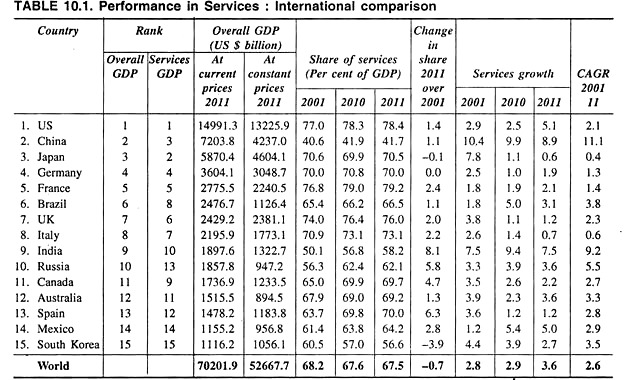The below mentioned article provides an overview on the Trade Union Movement in India.
During the first quarter of twentieth century, i.e., during the 1920s, the working classes of the country, in general, realised the importance of trade union for realising higher wages, concessions, better working conditions etc. Accordingly, a good number of strikes were declared in various parts of India by different unions.
The All India Trade Union Congress (A.I.T.U.C.) was set up in 1920 in order to represent and protect the interest of workers and to make necessary co-ordination between the activities of different labour organisations and also to penetrate into the unorganised areas of the country. In 1926, the government passed the Trade Union Act to provide legal status to the registered trade unions.
During the last part of 1920s trade union movement in India faced a split on account of ideological differences. The communists captured the AITUC and the moderates formed another platform in the name of All India Trade Union Federation.
ADVERTISEMENTS:
Thus during 1930s, trade union movement in India faced unfavourable situation aggravated by economic depression leading to further split in the movement. Although, little bit of unity was restored in the movement before the second world war but the emergency during the war again confused the trade unionist, leading to further split in the movement.
After independence, followed by partition, the country had to face a serious problem of growing unemployment. Accordingly, the trade unions declared a series of strikes to protect their interests and to retain their earlier facilities.
Thereby, the country had to experience the highest ever number of strikes and loss of man-days. Disunity among the trade unionists during this period was reflected with the formation of three central organisations.
Accordingly the Indian National Trade Union Congress (I.N.T.U.C.) was set up in 1947 which was controlled by the Congress Party. The Hind Mazdoor Sabha (H.M.S.) was started in 1948 by the then Praia Socialist Party and the United Trade Union Congress (U.T.U.C.) was formed in 1949 by some radicalists of the country.
ADVERTISEMENTS:
These trade union organisations are now spearheading the trade union movement of the country irrespective of their difference in ideologies and policies.
Table 9.21 shows the growth of trade union movement in India.
Table 9.21 reveals that the trade union movement in India is growing at a faster pace and became more widespread, deep rooted and well organised.
Those trade unions which are more or less well organised under the present context include—Indian Trade Union Congress (INTUC), All India Trade Union Congress (AITUC), Centre of Indian Trade Unions (CITU), Hind Mazdoor Sabha (HMS); Bharatiya Mazdoor Sabha (BMS), United Trade Union Congress (UTUC), United Trade Union Congress-Lenin Sarani (UTUC-LS); National Federation of Independent Trade Unions (NFITU) etc. The following table shows the latest position about the membership of these unions.
ADVERTISEMENTS:
Table 9.22 reveals that as per the latest provisional figures at the end of December 1989, as released by the Chief Labour Commissioner, in August 1994, Bhartiya Mazdoor Sangh (BMS), affiliated to Bharatiya Janata Party had secured top position in respect of membership having total membership of 31.17 lakh followed by INTUC, affiliated to Congress Party, having total membership of 27.6 lakh, CITU, affiliated to CPI (M) having membership of 17.98 lakh and HMS having membership of 14.77 lakh.
In relative terms, the position of BMS improved as it raised its membership from 21.04 per cent in 1980 to 26.20 per cent of the total members. But the position of INTUC and HMS worsened as INTUC’s share of membership declined from 33.85 per cent in 1980 to 22.75 per cent in 1989 and that of HMS’s share declined slightly from 13.26 per cent to 12.42 per cent during the same period.
But the share of membership of CITU improved from 5.75 per cent in 1980 to 15.12 per cent in 1989. The share of membership also improved for other unions like AITUC, UTUC and NFITU.

